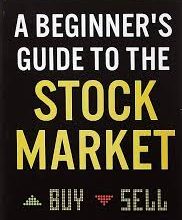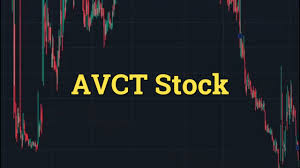Successful Commodity Trading Strategies: A Guide for Investor

Commodity trading is a popular investment strategy that involves buying and selling physical goods, such as gold, oil, and wheat. While it can be a risky and volatile market, there are several successful commodity trading strategies that investors can use to maximise their returns. Additionally, commodities trading online has become increasingly popular in recent years, as it allows investors to trade from anywhere in the world and access a wide range of markets. This article will explore some of the most effective strategies for trading commodities.
Fundamental Analysis
Fundamental analysis is a strategy that involves examining the underlying economic and financial factors that influence commodity prices. This includes supply and demand, geopolitical events, and weather patterns. By analysing these factors, investors can make informed decisions about when to buy and sell commodities.
Technical Analysis
Technical analysis is another popular commodity trading strategy that uses charts and other technical indicators to predict future price movements. This includes analysing patterns in price charts, such as support and resistance levels, and using mathematical indicators like moving averages and relative strength indexes.
Trend Following
Trend following is a strategy that involves buying commodities that are trending upward and selling those that are trending downward. This strategy assumes that commodity prices will continue to move in the same direction for some time and aims to profit from these trends.
Mean Reversion
Mean reversion is a strategy that involves buying commodities that have recently experienced a significant price drop, with the expectation that prices will eventually return to their long-term average. This strategy relies on the idea that prices tend to move in cycles and that oversold commodities are likely to rebound in value.
Options Trading
Options trading is a more advanced commodity trading strategy that involves buying and selling options contracts. Options give investors the authority, but not the obligation, to purchase or sell a commodity at a predetermined price at a future date. This strategy can be used to hedge against potential losses or to speculate on future price movements.
Spread Trading
Spread trading is a strategy that involves buying and selling two related commodities simultaneously, intending to profit from the price difference between them. This strategy is often used in markets where two commodities are highly correlated, such as gold and silver.
Risk Management
No matter which commodity trading strategy you choose, it’s important to have a solid risk management plan in place. This includes setting stop-loss orders to limit potential losses, diversifying your portfolio across different commodities and markets, and monitoring your investments regularly to identify any potential risks or opportunities. Also, commodities trading online platforms also provide real-time data and analysis tools to help investors make informed trading decisions.
Factors to Consider When Choosing a Commodity Trading Strategy
When choosing a commodity trading strategy, there are several factors that investors should consider, including risk tolerance, investment goals, and available capital. Additionally, they should evaluate the market conditions, the historical performance of the strategy, and the level of expertise required to implement it effectively. By carefully assessing these factors, investors can select the strategy that aligns with their unique needs and objectives.
Conclusion
In conclusion, commodity trading can be a lucrative investment strategy for those willing to take on the associated risks. By using one or more of the strategies outlined in this article, investors can increase their chances of success in this competitive market. It’s important to do your research and develop a solid trading plan before diving in, but with the right approach, commodity trading can be a valuable addition to any investment portfolio.



